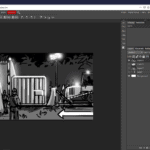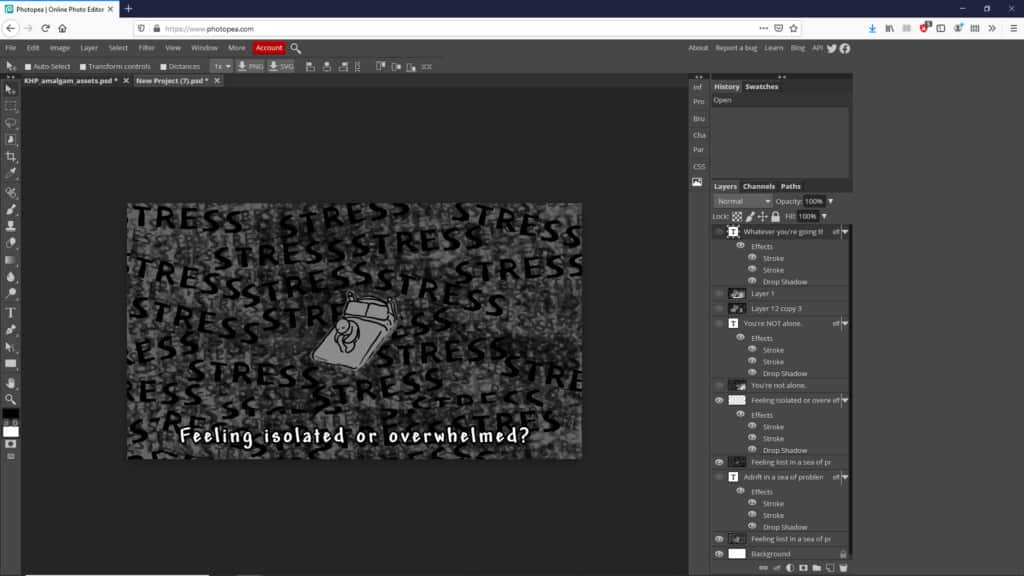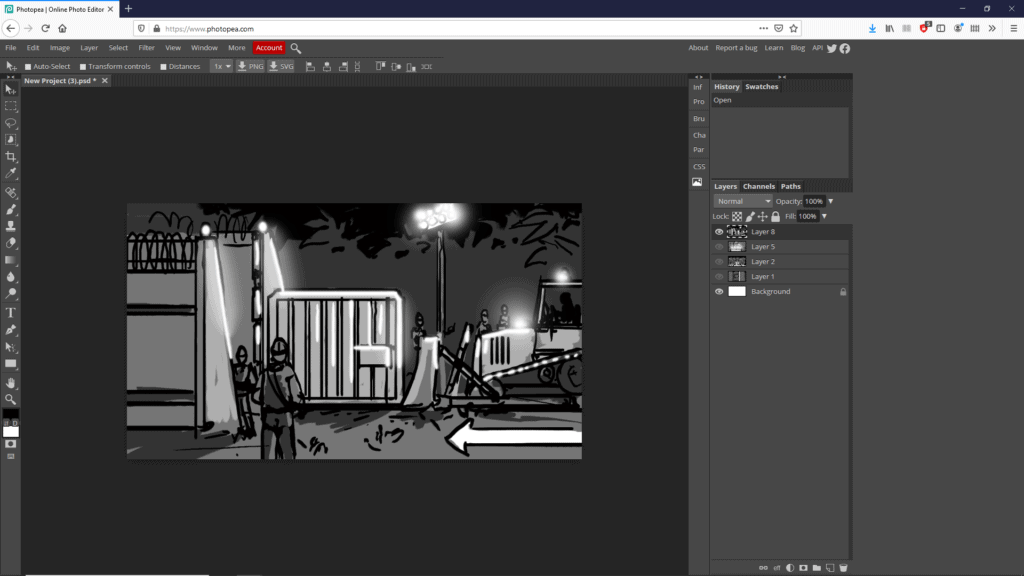In 2017, Kids Help Phone (KHP), a free resource that provides mental health support and counselling via telephone or the internet, noticed that Indigenous youth were using the service in relatively small numbers. Given that many Indigenous communities continue to struggle with the mental, emotional and spiritual harms caused by colonialism, this suggested the need for KHP to take a new approach in connecting with Indigenous youth.
The idea behind KHP is relatively straightforward—provide a place kids can call for help, 24/7. But it comes with a ton of complex challenges, many of which are magnified for rural and remote communities. How do you let youth know you’re there and how to reach you? How do you get them to trust you enough to dial your number or send a text? What happens when they pick up a phone to call you, but their cellular service is out?
As a way to answer some of these questions, KHP formed an Indigenous advisory council to oversee the launch of a full Indigenous strategy. This led to the development of Finding Hope, KHP’s 2019 action plan for supporting First Nations, Inuit and Métis youth.
“There’s so much discrimination in the healthcare system across Canada,” says Deanna Dunham, KHP’s Manager of Indigenous Initiatives—a position created as part of the strategy. KHP has Indigenous counsellors, but for some callers, privacy may be a major concern. “The anonymity that young people have when they reach out to our counselling services means we don’t know that they’re Indigenous unless they tell us,” Dunham says.
Racism and insufficient access to reliable digital services are, unfortunately, all-too-common experiences for many Indigenous communities. On top of this, KHP’s consultations with 180 Indigenous young people across the country revealed an additional barrier: not knowing the service exists in the first place.
“The majority of Indigenous youth we consulted with didn’t know what Kids Help Phone was,” says Dunham. “They’d never heard of us.” Results varied across the country, but clear trends emerged in terms of what young people wanted out of a support service. Youth emphasized the importance of confidentiality, and of having support workers who treat them with respect and kindness—counsellors who don’t make assumptions about them, and who can meet them on their own cultural terms.
They also wanted clarity.
“Youth wanted us to be absolutely clear in every aspect of what we do,” says Dunham. “[They wanted content] that could demystify our services a little more and explain exactly how to use them.”
To develop content to address these needs, KHP approached the Pinnguaq Association to facilitate collaborative workshops, in which student interns would collaborate on scripts for a series of animated videos explaining KHP’s services.
Conducted by Ian MacLean, Pinnguaq’s resident artist and animator, the four-day online workshop provided paid training in digital video development for eight young people who expressed interest in growing their creative skills. Using Google Jamboard, a virtual whiteboard that users contribute to simultaneously in real time, the group brainstormed ways to help get KHP’s message across in a clear and engaging way. To create storyboards and demo animations, they used Photopea, a free, HTML5-based photo editor, and Wick Editor, a free online tool designed for “making games, animations and everything in between.”
The resulting videos, which can be viewed on KHP’s social media channels (@KidsHelpPhone), are an example of how digital storytelling can build relevant skills, as well as give young people a way to work together to help others in need of support.
“I really enjoyed it,” said Xanthe, one of the workshop participants. “I loved engaging with the other members of the group and learning together.”
To learn more about Kids Help Phone, visit their website. To learn more about Ian’s workshop, read Pinnguaq’s blog post.


